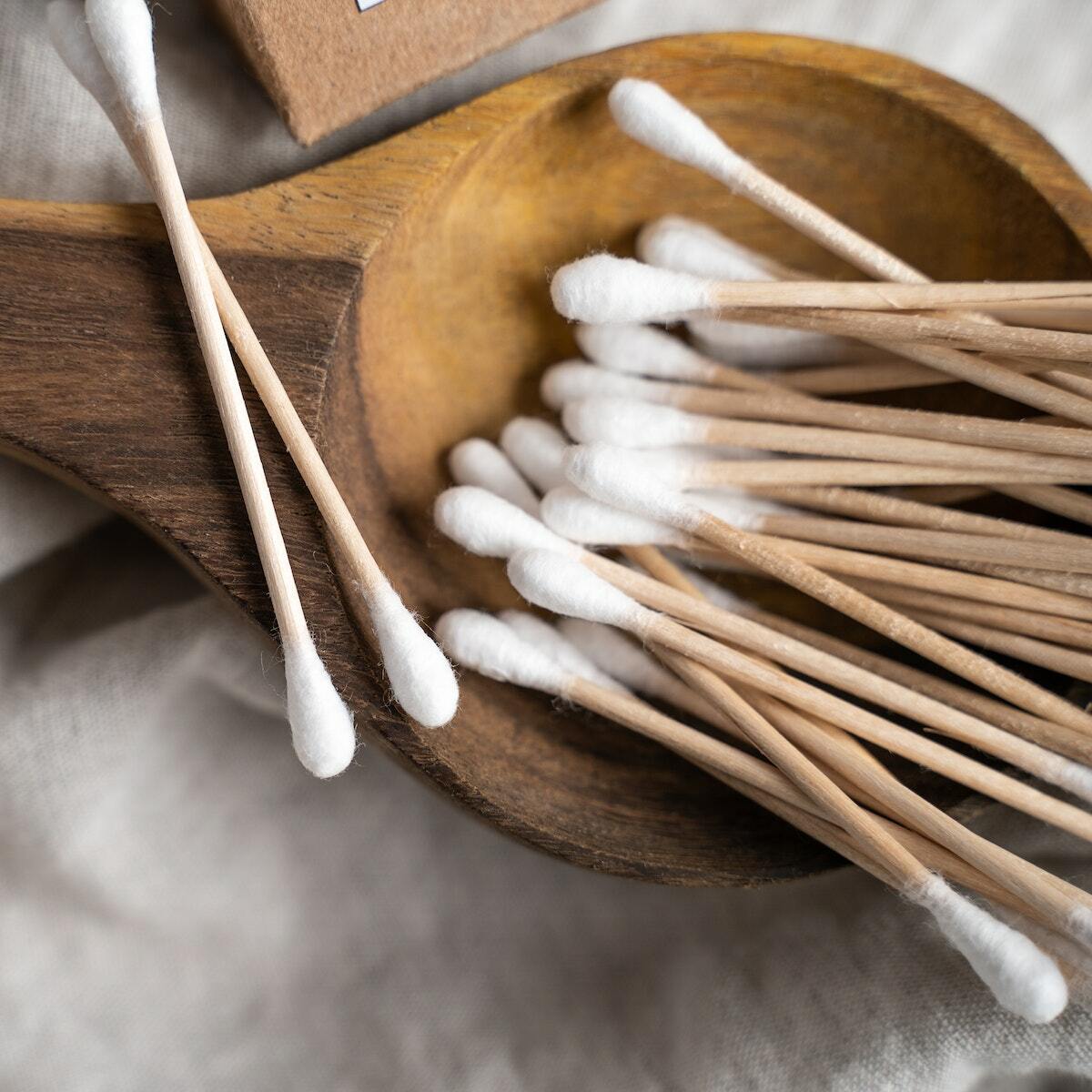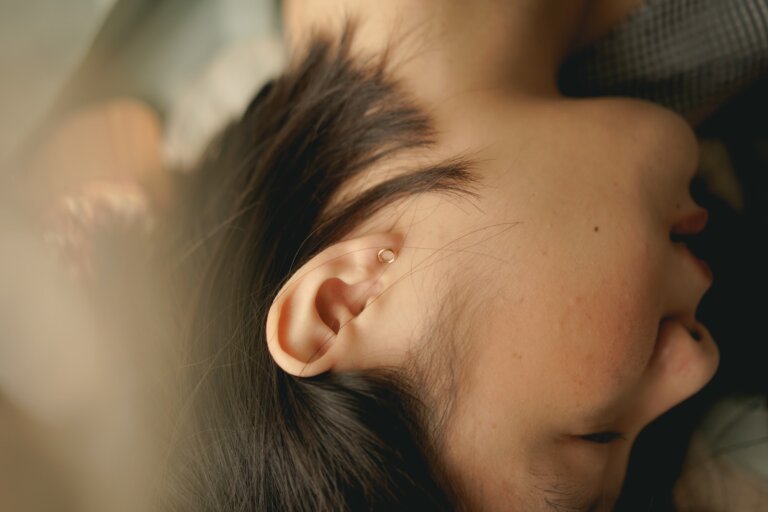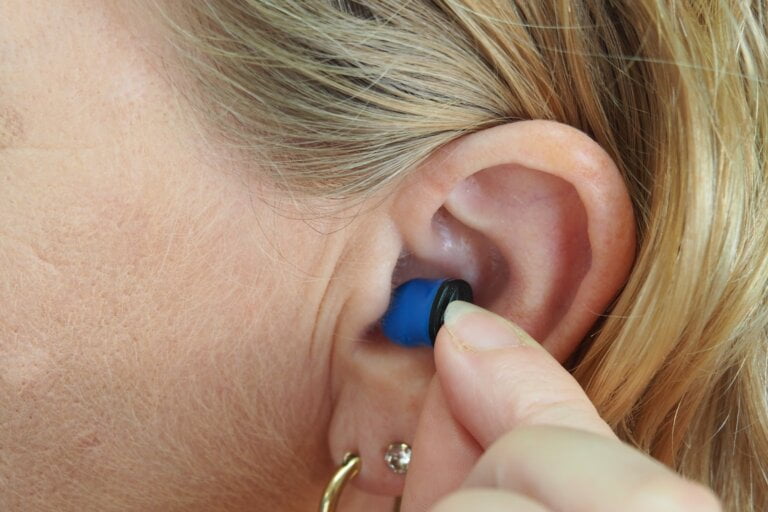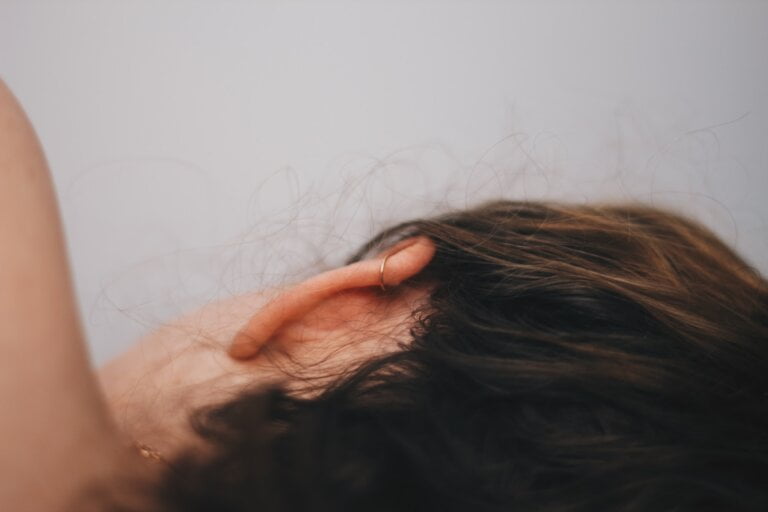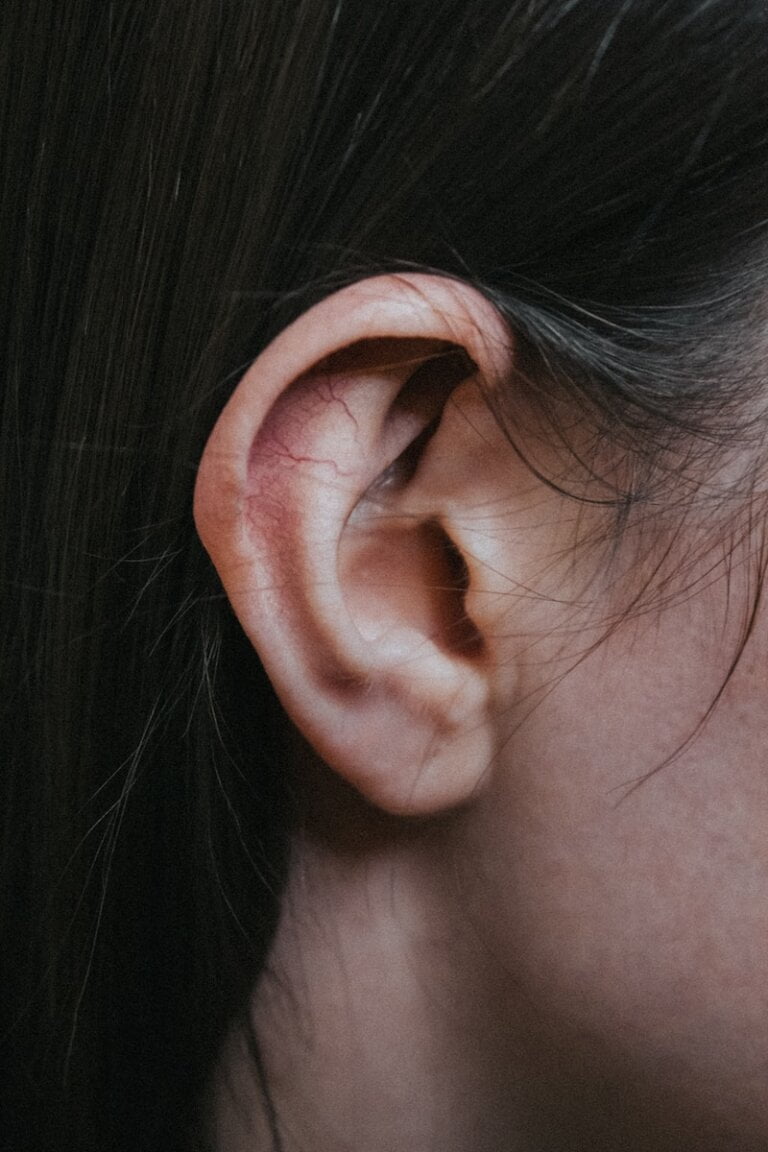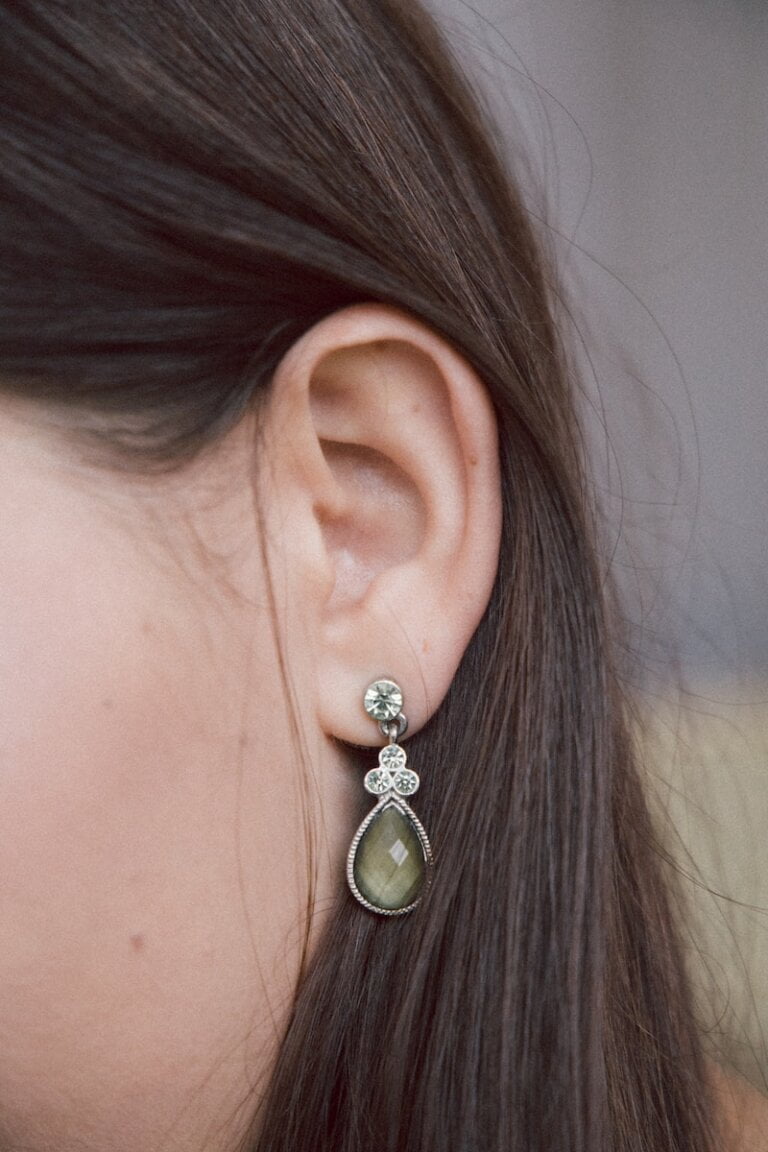Unveiling the Secrets of Healthy Ears: Understanding and Overcoming Common Issues
Last Updated on 3rd May 2024 by Admin
The human ear is an incredible organ responsible for our sense of hearing and balance. However, like any other part of our body, ears can be affected by various conditions that may lead to discomfort or even hearing loss. In this article, we will delve into the secrets of healthy ears, explore common issues that can arise, and discuss ways to overcome them.
The Anatomy of the Ear
To understand how to maintain healthy ears and address potential problems, it is essential to have a basic understanding of the ear’s anatomy. The ear is divided into three main parts: the outer ear, middle ear, and inner ear.
- Outer Ear: This is the visible part of the ear, consisting of the pinna (the fleshy outer part) and the ear canal. The pinna helps collect sound waves, which then travel through the ear canal.
The outer ear acts as a protective barrier, helping to keep foreign objects out of the ear canal. It also plays a role in localizing sound, allowing us to determine the direction from which a sound is coming. The ear canal, lined with tiny hairs and glands that produce earwax, helps to clean and lubricate the ear. It is important to avoid inserting objects into the ear canal to remove earwax, as this can push it further and potentially damage the eardrum.
- Middle Ear: The middle ear is located between the eardrum and the inner ear. It consists of three tiny bones called the ossicles (malleus, incus, and stapes) that transmit sound vibrations from the eardrum to the inner ear.
The middle ear is a key component in the process of hearing. When sound waves enter the ear canal, they cause the eardrum to vibrate. These vibrations are then transmitted through the ossicles to the inner ear. The middle ear also helps to equalize air pressure on both sides of the eardrum, which is important for maintaining optimal hearing.
- Inner Ear: The inner ear contains the cochlea, a snail-shaped structure responsible for converting sound vibrations into electrical signals that can be interpreted by the brain. It is also home to the vestibular system, which helps maintain balance.
The inner ear is where the magic of hearing happens. The cochlea is lined with thousands of tiny hair cells that convert sound vibrations into electrical signals. These signals are then transmitted to the brain via the auditory nerve, allowing us to perceive sound. The vestibular system, located within the inner ear, is responsible for detecting changes in head position and movement, helping us maintain balance.
Common Ear Issues
Now that we have a basic understanding of the ear’s anatomy, let’s explore some of the common issues that can affect our ears:
1. Ear Infections:
Ear infections, also known as otitis media, occur when bacteria or viruses infect the middle ear. They are more common in children but can affect adults as well. Symptoms may include ear pain, fluid drainage, hearing loss, and fever. Treatment usually involves antibiotics to clear the infection.
Ear infections can be quite uncomfortable and, if left untreated, can lead to complications such as hearing loss or a ruptured eardrum. It is important to seek medical attention if you suspect an ear infection, especially in children who may not be able to communicate their symptoms effectively. In addition to antibiotics, pain relief medications and warm compresses can help alleviate symptoms.
2. Earwax Buildup:
Earwax, also known as cerumen, is a natural substance that helps protect the ear canal from dust, bacteria, and other foreign particles. However, excessive earwax can accumulate and cause a blockage, leading to hearing loss, earaches, or tinnitus (ringing in the ears). It is important to avoid inserting objects into the ear canal to remove earwax, as this can push it further and potentially damage the eardrum. Instead, seek professional help for safe removal.
Excessive earwax buildup, also known as cerumen impaction, can occur for various reasons, including the overproduction of earwax or improper ear cleaning practices. If you experience symptoms of earwax buildup, such as muffled hearing or ear discomfort, it is best to consult a healthcare professional. They can safely remove the excess earwax using specialized tools or techniques, ensuring that the ear canal remains unharmed.
3. Tinnitus:
Tinnitus is the perception of ringing, buzzing, or other sounds in the ears or head without any external source. It can be caused by various factors, including exposure to loud noises, aging, certain medications, and underlying medical conditions. While there is no known cure for tinnitus, management techniques like sound therapy, stress reduction, and avoiding loud noises can help minimize its impact on daily life.
Tinnitus can be a frustrating condition that affects the quality of life for many individuals. It may be constant or intermittent, and its severity can vary from person to person. While there is no specific treatment to eliminate tinnitus entirely, there are strategies that can help manage the symptoms. Sound therapy, such as using white noise machines or listening to calming music, can help mask the ringing or buzzing sounds. Stress reduction techniques, such as meditation or yoga, may also alleviate the perception of tinnitus. Additionally, it is important to protect your ears from loud noises, as exposure to loud sounds can worsen tinnitus symptoms.
4. Hearing Loss:
Hearing loss can occur due to various reasons, including genetics, aging, prolonged exposure to loud noises, ear infections, and certain medical conditions. There are different types of hearing loss, including conductive, sensorineural, and mixed. Treatment options range from hearing aids and cochlear implants to assistive listening devices and communication techniques.
Hearing loss can have a significant impact on a person’s quality of life, affecting their ability to communicate and participate in daily activities. Treatment options for hearing loss depend on the cause and severity of the condition. Hearing aids are commonly used to amplify sounds and improve hearing in individuals with sensorineural hearing loss. Cochlear implants, on the other hand, are surgically implanted devices that bypass damaged parts of the inner ear and directly stimulate the auditory nerve. For individuals with conductive hearing loss, treatment may involve addressing the underlying cause, such as earwax buildup or middle ear infections. Assistive listening devices, such as amplified phones or TV listening systems, can also be beneficial in certain situations. Communication techniques, such as lip-reading or sign language, may be useful for individuals with more severe hearing loss.
Maintaining Healthy Ears
Prevention is key when it comes to maintaining healthy ears and reducing the risk of common issues. Here are some tips to keep your ears in optimal condition:
- Protect Your Ears: When exposed to loud noises, such as concerts or heavy machinery, wear ear protection, such as earplugs or earmuffs. Prolonged exposure to loud sounds can damage the delicate structures of the inner ear and lead to hearing loss.
- Choose ear protection that is specifically designed for the level of noise you will be exposed to.
- Ensure that earplugs or earmuffs fit properly and provide a tight seal to effectively block out loud sounds.
- Consider using noise-cancelling headphones in environments with continuous background noise.
- Practice Good Ear Hygiene: Avoid inserting cotton swabs or other objects into your ear canal to clean earwax. Instead, let the earwax naturally migrate out of the ear. If you experience excessive earwax buildup, consult a healthcare professional for safe removal.
- Gently clean the outer part of your ear with a washcloth during your regular bathing routine.
- If you feel the need to clean your ears, use a warm, damp cloth to wipe the outer part of the ear.
- Avoid using cotton swabs or any sharp objects to clean the ear canal, as this can push earwax deeper and potentially cause damage.
- Avoid Smoking: Smoking can increase the risk of developing ear infections and contribute to hearing loss. Quitting smoking not only benefits your overall health but also helps protect your ears.
- Seek professional help or join a smoking cessation program if you need assistance in quitting smoking.
- Stay away from secondhand smoke, as it can also negatively impact your ear health.
- Be Mindful of Medications: Some medications, including certain antibiotics and painkillers, can have ototoxic effects, potentially leading to hearing loss or tinnitus. If you are taking any medications and notice changes in your hearing, consult your healthcare provider.
- Inform your healthcare provider about any existing hearing issues or concerns before starting a new medication.
- Discuss alternative medications or dosage adjustments if you are at a higher risk for ototoxicity.
- Regular Check-ups: Schedule routine check-ups with an audiologist or healthcare professional specializing in ear health. They can assess your hearing, identify any potential issues, and provide appropriate guidance or treatment options.
- Follow the recommended schedule for hearing screenings, especially if you are at a higher risk for hearing loss.
- Be proactive in seeking medical attention if you notice any changes in your hearing or experience persistent ear-related symptoms.
Conclusion
Understanding the anatomy of the ear and being aware of common ear issues is crucial for maintaining healthy ears. By following preventive measures and seeking professional help when needed, you can safeguard your hearing and overall ear health. Remember, your ears are precious organs that deserve care and attention, so prioritize their well-being and enjoy the gift of sound for years to come.
# Unveiling the Secrets of Healthy Ears: Understanding and Overcoming Common IssuesThe Anatomy of the Ear
1. Outer Ear
– The role of the pinna and ear canal in collecting sound waves and protecting the ear.
2. Middle Ear
– The function of the ossicles in transmitting sound vibrations to the inner ear.
3. Inner Ear
– The importance of the cochlea in converting sound vibrations into electrical signals and the vestibular system in maintaining balance.
Common Ear Issues
1. Ear Infections
– Symptoms, causes, and treatment options for ear infections.
2. Earwax Buildup
– The purpose of earwax, symptoms of excessive buildup, and the importance of safe removal.
3. Tinnitus
– Causes of tinnitus, management techniques, and the impact on daily life.
4. Hearing Loss
– Various causes of hearing loss, types of hearing loss, and treatment options.
Maintaining Healthy Ears
– Tips for wearing ear protection and preventing hearing loss.
– Proper ear cleaning practices and the dangers of inserting objects into the ear canal.
- Avoid Smoking
– The link between smoking and ear health, and the benefits of quitting smoking.
- Be Mindful of Medications
– Medications that can affect hearing and the importance of consulting healthcare providers.
- Regular Check-ups
– The significance of routine check-ups with audiologists or healthcare professionals.
Conclusion
Note: Markdown formatting may not be visible on all platforms.
1. What are the three main parts of the ear?
The ear is divided into three main parts: the outer ear, middle ear, and inner ear.
2. What are the symptoms and treatment options for ear infections?
Symptoms of ear infections may include ear pain, fluid drainage, hearing loss, and fever. Treatment usually involves antibiotics to clear the infection.
3. How can excessive earwax buildup be safely removed?
It is important to avoid inserting objects into the ear canal to remove earwax, as this can push it further and potentially damage the eardrum. Instead, seek professional help for safe removal.
4. What are some tips for maintaining healthy ears?
Some tips for maintaining healthy ears include protecting your ears from loud noises, practicing good ear hygiene by avoiding inserting objects into the ear canal, avoiding smoking, being mindful of medications that can affect hearing, and scheduling regular check-ups with healthcare professionals specializing in ear health.

